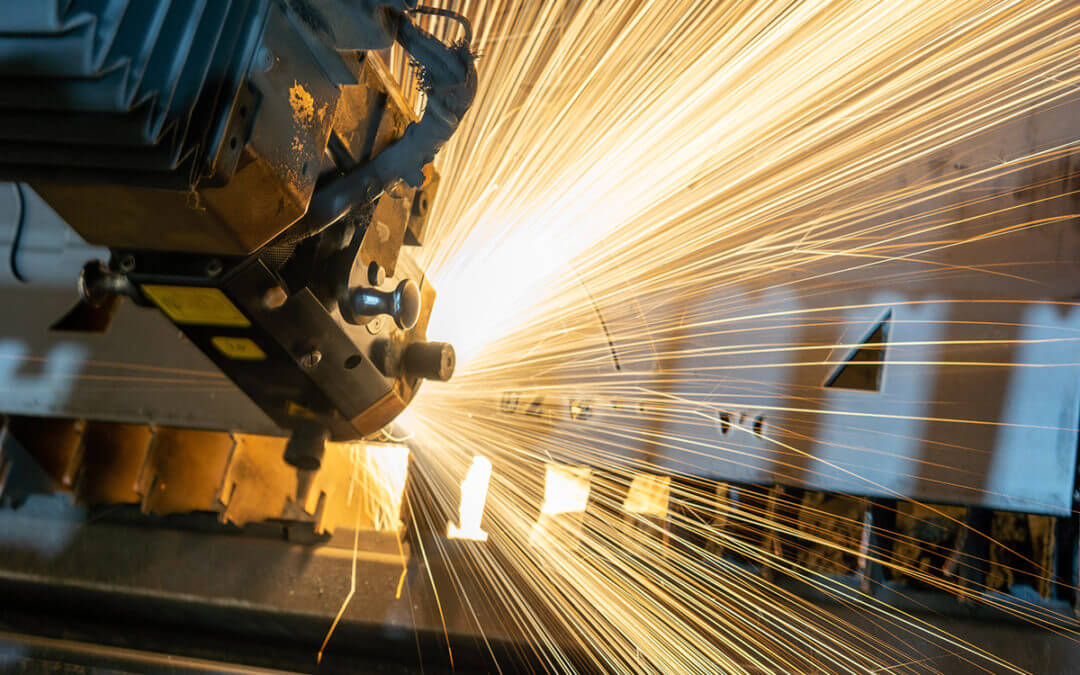Report finds no change in Northeast Florida manufacturing activity (Courtesy of the Jacksonville Daily Record) — Manufacturing activity in the Jacksonville area was stable in November but businesses are becoming more optimistic about the year ahead, according to a monthly survey by the University of North Florida’s Local Economic Indicators Project.
The Purchasing Managers’ Index derived from the survey of manufacturers in Northeast Florida stood at 50 in November, indicating no change from the previous month.
However, the index was below 50 for seven straight months before November, indicating contraction in activity in those months. A reading above 50 indicates expansion.
“The local economy benefits from pockets of optimism, including a positive Business Activity Outlook Index of 57, suggesting regional manufacturers anticipate growth over the next 12 months,” UNF economist Albert Loh said in his monthly report on the survey.
“Factors such as steady demand, robust holiday-season activity, and expectations of easing interest rates contribute to a cautiously optimistic outlook for 2025,” he said.
The national PMI from the Institute for Supply Management stood at 48.4 in November, indicating contraction.
“Jacksonville’s steady performance highlights its relative resilience in the face of challenges affecting the broader U.S. manufacturing sector,” Loh said.
“Nationally, the manufacturing sector continues to face weak demand, sluggish production, and contracting backlogs, with some improvement in new orders and delivery times. Key foundational industries, such as Chemical Products and Fabricated Metal Products, remain under pressure, indicating a broader recovery may take several months,” he said.
Loh said the strong Business Activity Outlook in Jacksonville could spur investments in capacity, hiring and infrastructure, although businesses remain cautious.
He said expectations of lower interest rates could support consumer spending and investment, giving manufacturers hope for growth into 2025.
Within the overall survey, the indexes for input prices and suppliers’ delivery times were both at 50, indicating stability in the supply chain for now.
“However, challenges such as labor shortages, tariff uncertainties, and potential port disruptions temper confidence, underscoring that while the overall outlook is positive, external risks remain a concern,” Loh said.
“For businesses, addressing these challenges proactively – through workforce development, diversified supply chains, and strategic planning – will be critical to realizing the growth anticipated in the Index.”
Loh thinks those risks “temper the outlook but do not overshadow Jacksonville’s favorable positioning relative to the national landscape.”

